Ultrafiltration (UF) membranes are essential components in various water treatment processes, used to remove suspended solids, bacteria, and even some viruses. They play a vital role in industries ranging from food and beverage to pharmaceuticals and wastewater treatment. However, like any filtration system, UF membranes require regular cleaning to maintain efficiency and prolong their lifespan. In this article, we will explore the best practices for cleaning ultrafiltration membranes, popular brands in the market, and tips to ensure optimal performance.
Understanding Ultrafiltration Membranes
Before diving into cleaning methods, it’s crucial to understand what ultrafiltration membranes are and how they function. These membranes have pore sizes typically ranging from 1 to 100 nanometers, allowing them to filter out particles larger than water molecules, including colloids and macromolecules. Some of the most well-known brands in the ultrafiltration market include Dow Filmtec, Koch Membrane Systems, and Pentair.
Importance of Cleaning UF Membranes
Regular cleaning of ultrafiltration membranes is essential for several reasons:
- Maintaining Flux Rates: Over time, membranes can become fouled by organic matter, inorganic substances, and biofilms. Cleaning helps restore the flux rate, ensuring efficient operation.
- Extending Membrane Life: Proper maintenance can significantly extend the lifespan of membranes, reducing replacement costs.
- Improving Water Quality: Clean membranes provide better filtration, leading to higher-quality permeate water, which is crucial for various applications.
Types of Fouling
Understanding the types of fouling can help tailor cleaning strategies effectively. The primary types of fouling include:
– Organic Fouling: Caused by natural organic matter, proteins, and fats, which can adhere to the membrane surface.
– Inorganic Fouling: Typically results from mineral deposits, such as calcium carbonate or silica.
– Biological Fouling: The accumulation of microorganisms and biofilms on the membrane.
Identifying the predominant fouling type is critical for selecting the appropriate cleaning method.
Cleaning Methods for Ultrafiltration Membranes
- Chemical Cleaning
Chemical cleaning is one of the most effective methods for maintaining ultrafiltration membranes. This process usually involves the use of various chemical agents to dissolve or dislodge fouling materials. The choice of cleaning agents depends on the type of fouling present.
– Acids: For inorganic fouling, acids like hydrochloric acid or citric acid can effectively dissolve scale deposits.
– Alkalis: For organic fouling, sodium hydroxide is often used. It helps break down organic compounds, allowing for easier removal.
– Surfactants: Non-ionic surfactants can help emulsify and remove organic contaminants, especially oils and fats.
Cleaning Procedure
- Preparation: Turn off the system and isolate the membrane. Prepare the cleaning solution based on the fouling type.
- Circulation: Pump the cleaning solution through the membrane system, allowing it to circulate for a specified time (usually 30 minutes to 2 hours).
- Rinsing: After the cleaning cycle, thoroughly rinse the membranes with clean water to remove any residual cleaning agents.
- Testing: Once rinsed, test the flux rate and permeate quality to ensure the cleaning was effective.
- Physical Cleaning
Physical cleaning methods involve using techniques that do not rely on chemicals but instead focus on removing fouling material through mechanical means. Common physical cleaning methods include:
– Backwashing: This process reverses the flow of water through the membrane, dislodging accumulated particles. It’s often used in conjunction with chemical cleaning.
– Air Scouring: Introducing air bubbles into the membrane system can help agitate the membrane surface, loosening fouling layers.
- Cleaning Frequency
The frequency of cleaning ultrafiltration membranes depends on various factors, including:
– Feed Water Quality: Higher levels of contaminants may require more frequent cleaning.
– Operating Conditions: Higher pressures and temperatures can accelerate fouling.
– Type of Application: Different industries may have varying standards for water quality, impacting cleaning schedules.
Choosing the Right Cleaning Strategy
To develop an effective cleaning strategy, consider the following steps:
- Monitor Performance: Regularly check the flux rates and permeate quality to identify when cleaning is necessary.
- Identify Fouling Type: Use analytical methods to determine the dominant fouling material.
- Select Appropriate Chemicals: Based on the fouling type, choose the right cleaning agents, ensuring compatibility with the membrane material.
- Follow Manufacturer Guidelines: Always refer to the manufacturer’s cleaning recommendations. Brands like Dow Filmtec and Koch Membrane Systems provide specific guidelines tailored to their products.
Conclusion
Cleaning ultrafiltration membranes is a crucial process that enhances the efficiency, quality, and lifespan of these vital components in water treatment systems. By understanding the types of fouling and employing effective cleaning methods—both chemical and physical—operators can maintain optimal performance. Remember to monitor system performance regularly, identify fouling types accurately, and follow manufacturer guidelines for the best results. With the right cleaning strategy, facilities can ensure their ultrafiltration membranes continue to operate at peak efficiency for years to come.
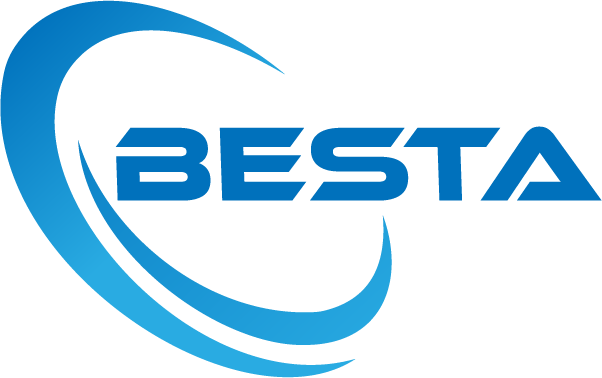
 MBR Membrane
MBR Membrane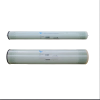 Reverse Osmosis Membrane
Reverse Osmosis Membrane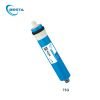 Residential Ro Membrane
Residential Ro Membrane UF Membrane
UF Membrane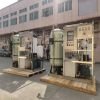 Water Treatment Plant
Water Treatment Plant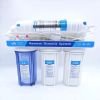 Residential Ro Machine
Residential Ro Machine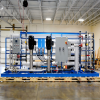 Brackish Ro System
Brackish Ro System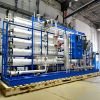 Sea water system/SW RO plant
Sea water system/SW RO plant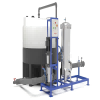 Membrane Cleaning System(CIP)
Membrane Cleaning System(CIP)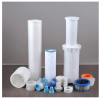 Consumables Accessories
Consumables Accessories